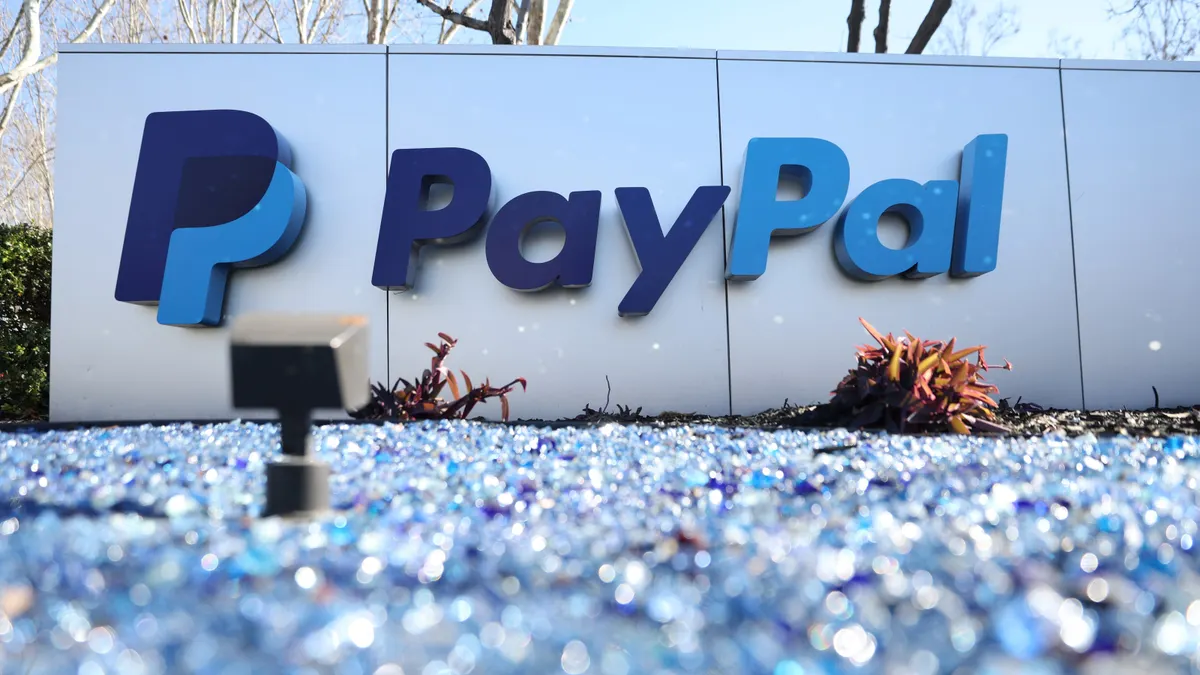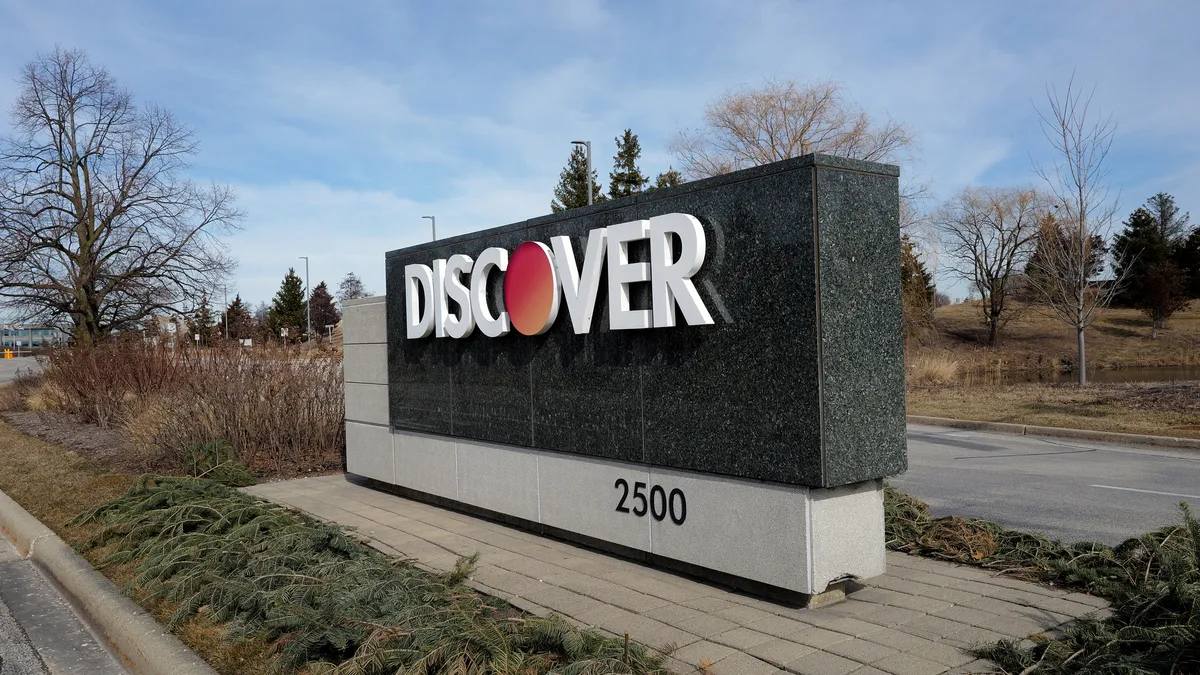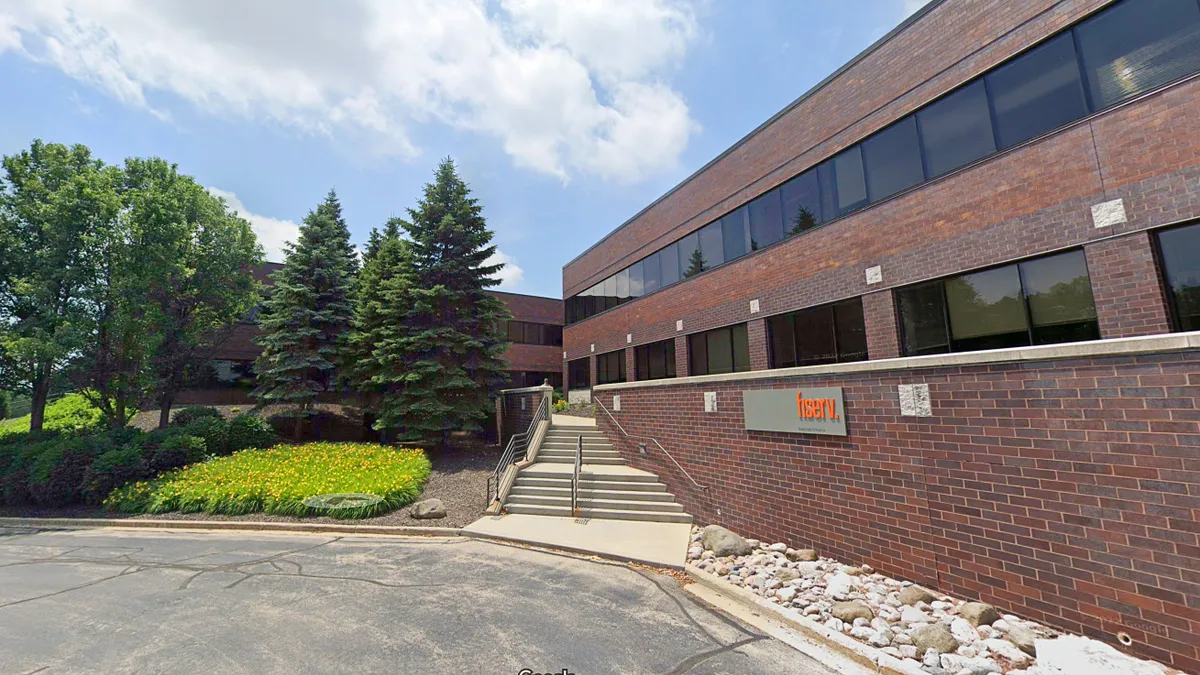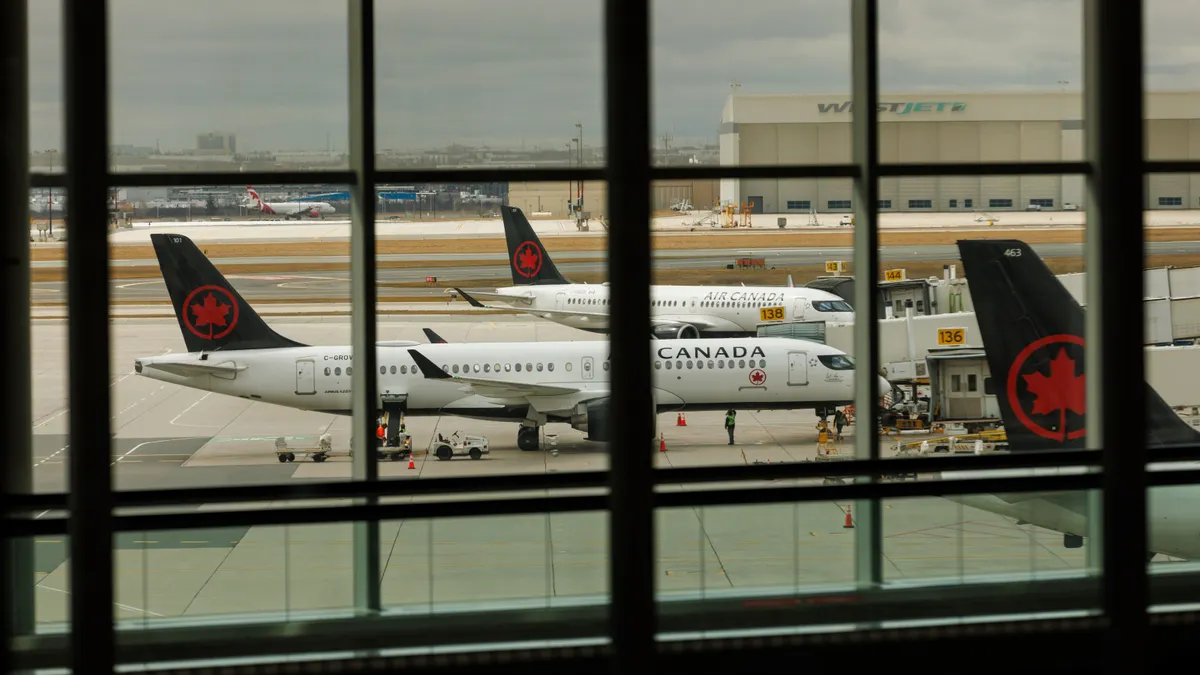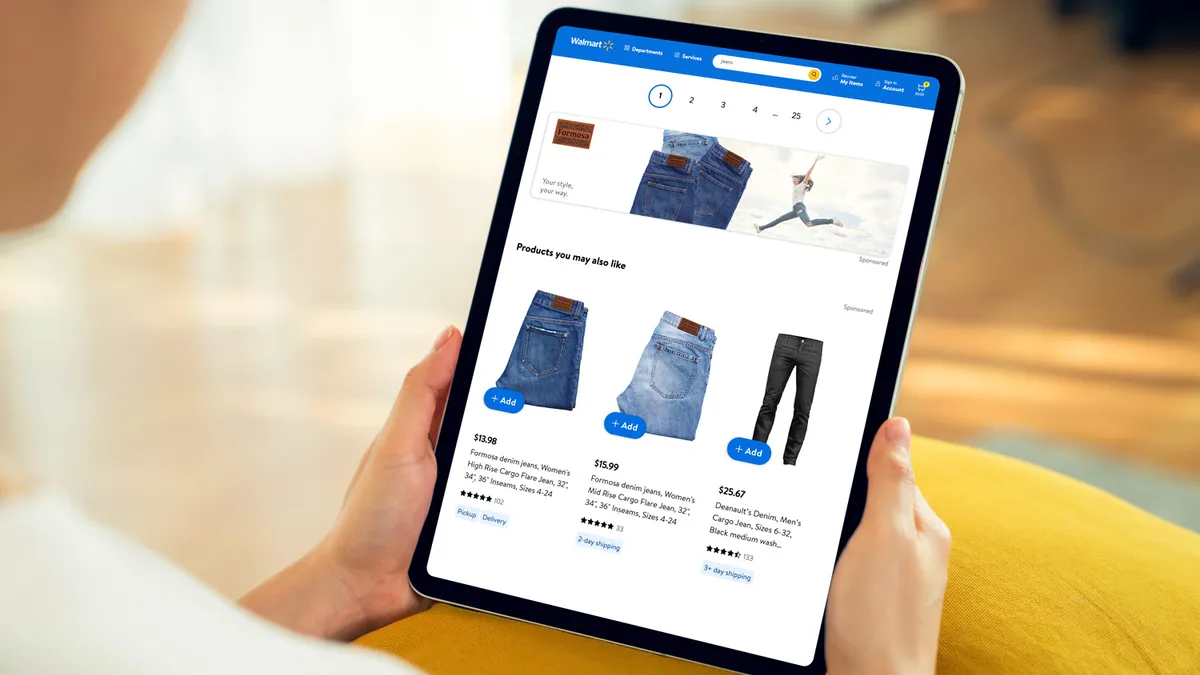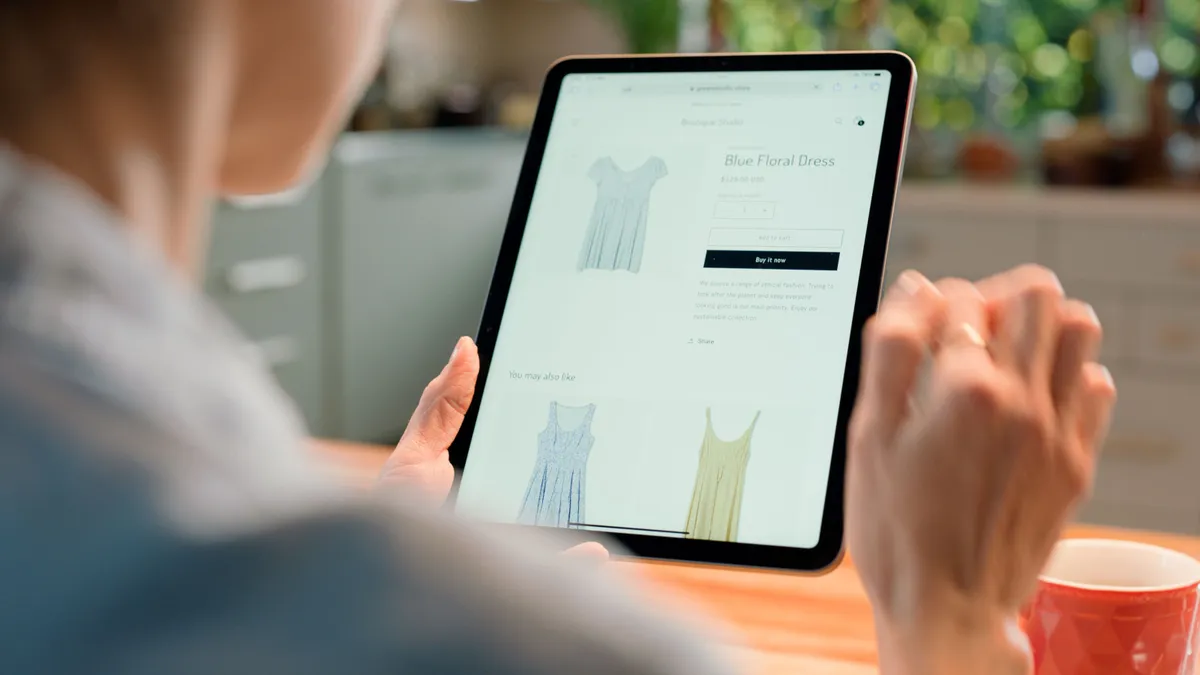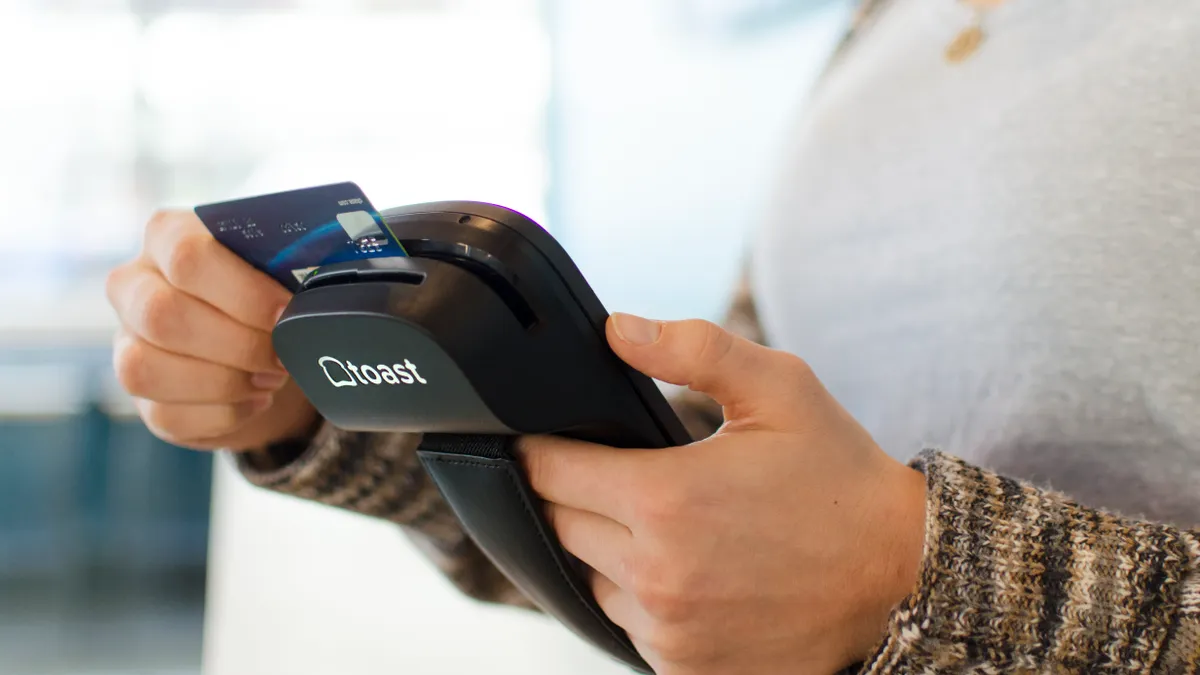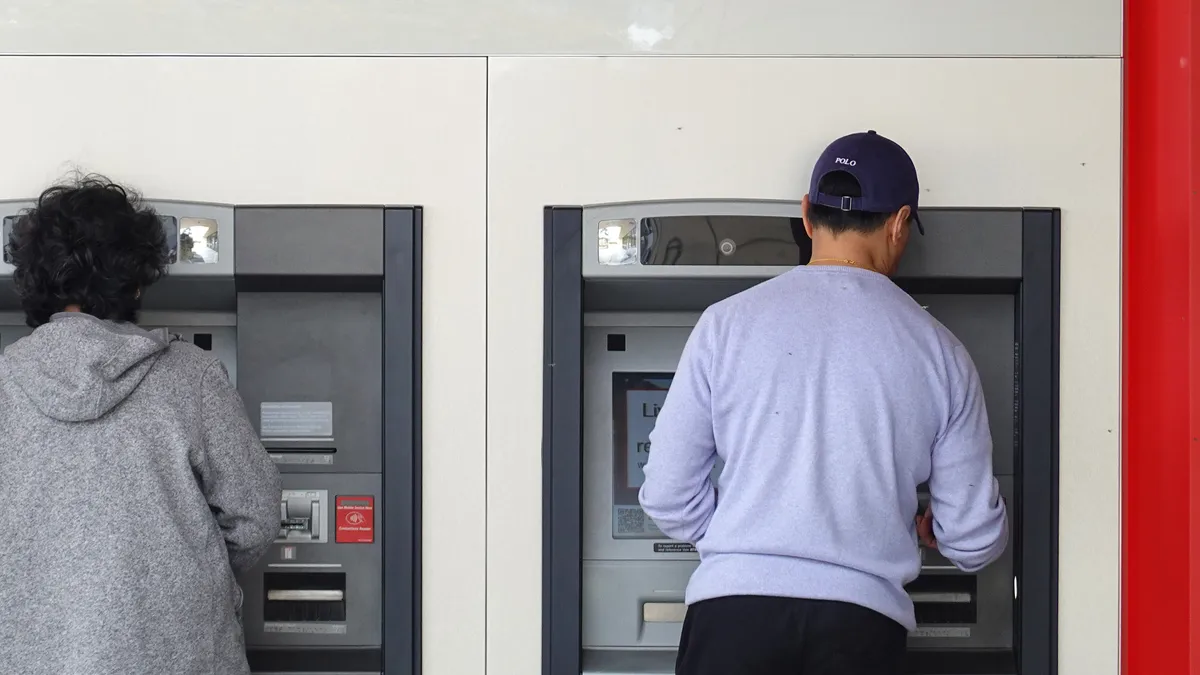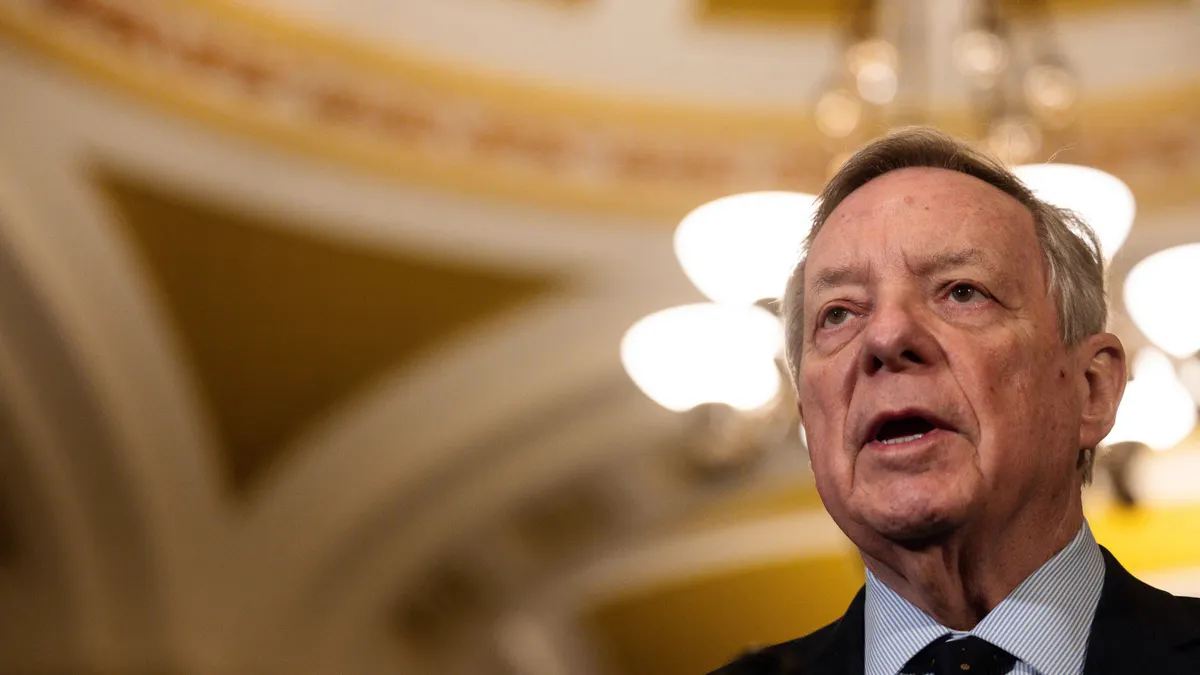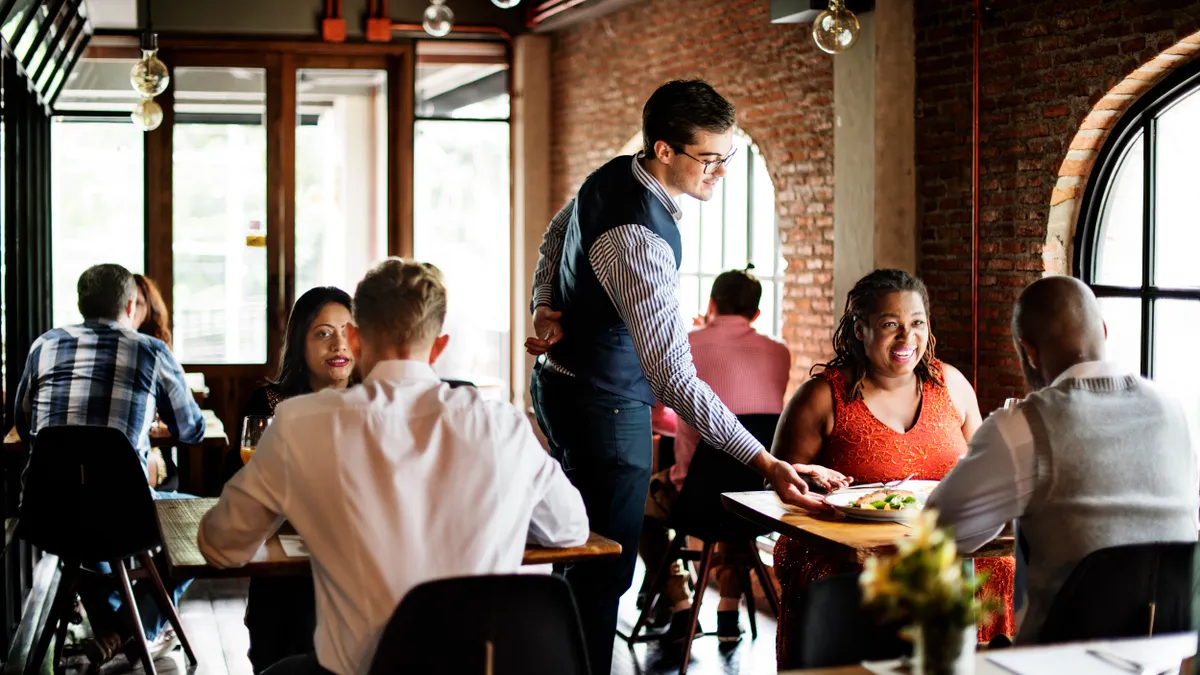PayPal Holdings is planning to start rolling out its omnichannel strategy in Europe this quarter, beginning with Germany, as it seeks to persuade consumers to use its payment platform for a variety of offline purchases, as well as digital transactions.
PayPal introduced its “Everywhere” omnichannel strategy in the U.S. in September, offering cashback and other rewards to prompt retail spending at restaurants, grocery stores and gas stations, with plans to target Europe in 2025.
German consumers will see an NFC contactless payment option this quarter, followed by the omnichannel rollout in the U.K. in the third quarter, Chief Executive Officer Alex Chriss said Tuesday on a quarterly earnings conference call. The two countries are its largest European markets and they are the biggest outside the U.S.
In the U.K., PayPal also introduced payment app improvements for consumers last year that include biometric functionality to enable two-factor authentication, Chriss said. PayPal says the two countries are its largest European markets.
“We’ve really suffered in the last few years with what I would consider to be one of our poorest app experiences for consumers,” Chriss said of the U.K. market, adding that the former app “really was choppy and created a lot of friction and a lot of latency in the experience.”
Nodding to the impact of U.S. tariffs, PayPal declined to update its full-year forecast Tuesday despite a robust jump in first-quarter profits. Company executives expressed confidence about consumer spending in the current quarter, but warned that it’s unclear how consumers may behave later in 2025, given the uncertainties around President Donald Trump’s trade war.
PayPal, which is based in San Jose, California, has been battling tepid growth with its flagship payments service, prompting a revamped strategy last year under Chriss, a former Intuit executive who joined the company in September 2023.
PayPal executives also noted a surge in payment volume for April, which they attributed to many consumers shifting forward their purchases ahead of potential price hikes due to U.S. tariffs. That trend is likely to taper off in the current quarter, Chief Financial Officer Jamie Miller said.
“With a strong first quarter behind us and a good start to the second, we believe we are on pace to outperform our original expectations for the first half of 2025,” Miller said. “At the same time, given uncertainty in the environment and the potential for a wide range of outcomes, we are appropriately cautious.”
Miller said that consumer spending and the jobs market have “proven resilient, but it remains to be seen how tariffs and other trading friction will impact global economic activity, consumer spending and supply chains over time.”
Despite the murky outlook, PayPal said it benefits from a diversified business, with offerings in various geographies and a 50-50 split in the sale of goods and services. “We are a lot more diversified today than we were a few years ago,” Miller said.
About 10% of retail is fashion, but the segment also covers variety and discount stores, beauty, sports, pets and toys, she said. “I think we’re really positioned well to capture spend as it may shift amongst categories” in a downturn, Miller said.
RBC Capital Markets analyst Daniel Perlin cut his sales and per-share earnings forecast for PayPal on Tuesday, citing “macro uncertainty and the company’s transition in progress.”
PayPal will also struggle in the competitive digital wallet landscape as it “lacks a consumer and merchant value proposition capable of meaningfully accelerating branded volume and transaction dollar growth,” William Blair analyst Andrew Jeffrey wrote Tuesday in a client note.
He said PayPal’s four million debit cards count lags market leaders such as Cash App, which has 25 million.
In Germany, consumers connect to a bank to use PayPal for online purchases, giving the company an “extremely high” market presence in electronic commerce, Chriss said. “That’s what gives us a lot of confidence as we now move into offline,” he said. “We’re really going to be one of the first at-scale, bank-connected, offline wallets that we think will be able to drive significant penetration in the market.”
PayPal’s first-quarter net income climbed 45% over the same period of 2024, to $1.29 billion, even as net revenue rose just 1% to $7.8 billion, according to the income report. Total payment volume rose 4% to $417.2 billion in the first quarter compared to the same quarter last year.
Under Chriss, the company’s unbranded Braintree business has been prioritizing higher pricing at the expense of sales volume.
Correction: This story has been updated to correct the PayPal service upgrades that have been put in place, and are planned, for Germany and the U.K.



